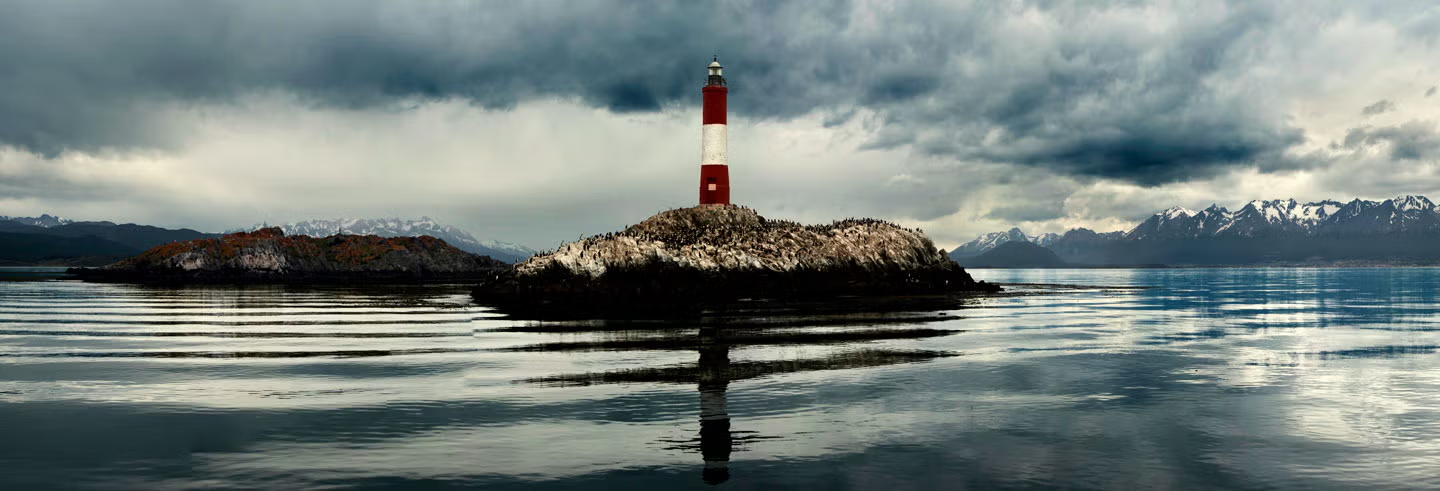How to Organize a Photography Safari in Patagonia
Patagonia, with its dramatic landscapes and unique wildlife, is a dream destination for photographers seeking to capture the beauty of the natural world. From the rugged peaks of the Andes to the expansive glaciers and pristine lakes, Patagonia offers a diverse range of subjects for stunning photography. Organizing a photography safari in this remote region requires careful planning to ensure a rewarding and successful experience. Here’s a comprehensive guide to help you organize an unforgettable photography safari in Patagonia.

1. Choosing the Right Time to Visit
The timing of your safari can greatly impact the quality of your photographs. Patagonia’s seasons offer different photographic opportunities:
Spring (September to November)
- Flora: Capture blooming wildflowers and the lush greenery of the Patagonian steppe.
- Weather: Milder temperatures and more stable weather conditions compared to winter.
Summer (December to February)
- Long Days: Enjoy extended daylight hours, providing more time for photography.
- Wildlife: Ideal for photographing wildlife as animals are more active during this period.
Autumn (March to May)
- Fall Colors: Capture the vibrant hues of autumn foliage, particularly in forests around the Lakes District.
- Clear Skies: Generally clear skies and cooler temperatures, making for dramatic landscape shots.
Winter (June to August)
- Snow-Covered Landscapes: Perfect for photographing snowy landscapes and glaciers.
- Less Crowded: Fewer tourists, providing more opportunities for unique shots without crowds.
2. Selecting the Best Locations
Patagonia’s diverse landscapes offer a wealth of photography opportunities. Consider including these top locations in your safari:
Torres del Paine National Park
- Iconic Peaks: The park’s dramatic granite towers and glaciated valleys are perfect for capturing stunning landscape shots.
- Wildlife: Photograph native wildlife such as guanacos, condors, and the elusive puma.
Los Glaciares National Park
- Perito Moreno Glacier: Capture the massive ice formations and dynamic calving events of this famous glacier.
- Mount Fitz Roy: The rugged peaks and surrounding lakes provide breathtaking backdrops for landscape photography.
The Lakes District
- Lago Argentino and Lago Viedma: Photograph the serene beauty of these expansive lakes, surrounded by mountains and glaciers.
- Autumn Colors: The region’s forests burst into vibrant colors during the fall, offering fantastic opportunities for nature photography.
Tierra del Fuego National Park
- Coastal Landscapes: The park’s coastal trails and rugged terrain offer dramatic seascapes and unique geological formations.
- Wildlife: Photograph diverse wildlife, including Magellanic woodpeckers and Andean foxes.
Navarino Island
- Remote Wilderness: Capture the untouched beauty of this remote island, with its rugged mountains, glaciers, and pristine forests.
3. Planning Your Itinerary
A well-planned itinerary ensures that you capture the best photographic opportunities while maximizing your time in Patagonia:
Day 1: Arrival and Orientation
- Arrival: Fly into the nearest city, such as Ushuaia or El Calafate, and transfer to your accommodations.
- Orientation: Meet with your local guide or tour operator to review the itinerary and discuss photography goals.
Day 2-4: Exploring Torres del Paine
- Morning and Evening Shoots: Focus on capturing the park’s iconic peaks and valleys during the best light conditions.
- Wildlife Photography: Allocate time for photographing native wildlife during early morning or late afternoon.
Day 5-6: Discovering Los Glaciares
- Glacier Tours: Take boat tours to photograph the Perito Moreno Glacier from various angles.
- Fitz Roy Trek: Hike to vantage points around Mount Fitz Roy for stunning landscape shots.
Day 7-8: The Lakes District
- Lake Photography: Capture the serene beauty of Lago Argentino and Lago Viedma, with opportunities for sunrise and sunset shots.
- Autumn Foliage: If visiting in autumn, focus on capturing the vibrant colors of the surrounding forests.
Day 9-10: Tierra del Fuego and Navarino Island
- Coastal and Mountain Landscapes: Photograph the rugged coastal landscapes and remote wilderness.
- Wildlife and Flora: Capture the unique flora and fauna of Tierra del Fuego and Navarino Island.
4. Essential Gear and Equipment
Bringing the right gear is crucial for a successful photography safari:
Camera Gear
- DSLR or Mirrorless Camera: A high-resolution camera with interchangeable lenses for capturing a wide range of subjects.
- Lenses: Wide-angle lens for landscapes, telephoto lens for wildlife, and macro lens for close-up shots.
Accessories
- Tripod: Essential for stable shots, especially in low light conditions or when capturing long exposures.
- Filters: Polarizing filters to reduce glare and enhance colors, and ND filters for long exposure shots.
- Extra Batteries and Memory Cards: Ensure you have ample power and storage for long shooting days.
Clothing and Gear
- Weather-Appropriate Clothing: Layered clothing, waterproof gear, and sturdy hiking boots to handle variable weather conditions.
- Daypack: For carrying your camera gear, snacks, and essentials during hikes.
5. Local Guides and Photography Tours
To make the most of your photography safari, consider working with local guides and specialized photography tours:
Local Expertise
- Guided Tours: Engage with local guides who know the best spots for photography and can provide valuable insights into the region’s natural features.
- Photography Workshops: Join workshops or tours led by professional photographers who can offer tips and techniques for capturing the perfect shot.
Custom Itineraries
- Tailored Experiences: Work with tour operators who can customize your itinerary based on your specific photography interests and goals.
6. Planning and Logistics
Effective planning ensures a smooth and enjoyable safari:
Travel Arrangements
- Flights and Transfers: Book flights to major gateways like Ushuaia or El Calafate, and arrange transfers to your accommodations.
- Accommodations: Choose luxury lodges or eco-friendly camps that provide comfort and access to key photographic locations.
Permits and Regulations
- Park Permits: Obtain necessary permits for visiting national parks and protected areas.
- Local Regulations: Be aware of any local regulations regarding wildlife photography and respect the natural environment.
Capture the Magic of Patagonia
A photography safari in Patagonia offers an unparalleled opportunity to capture some of the most stunning landscapes and wildlife on the planet. By carefully planning your trip, selecting the best locations, and working with local experts, you can ensure a rewarding and successful photographic adventure. For assistance in organizing your photography safari and to explore bespoke itineraries tailored to your needs, visit Patagon Mountain Agency. Their expert team can help you craft the perfect safari experience, ensuring you capture the unparalleled beauty of Patagonia in every shot.



